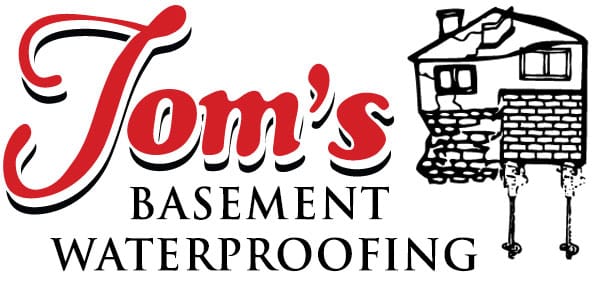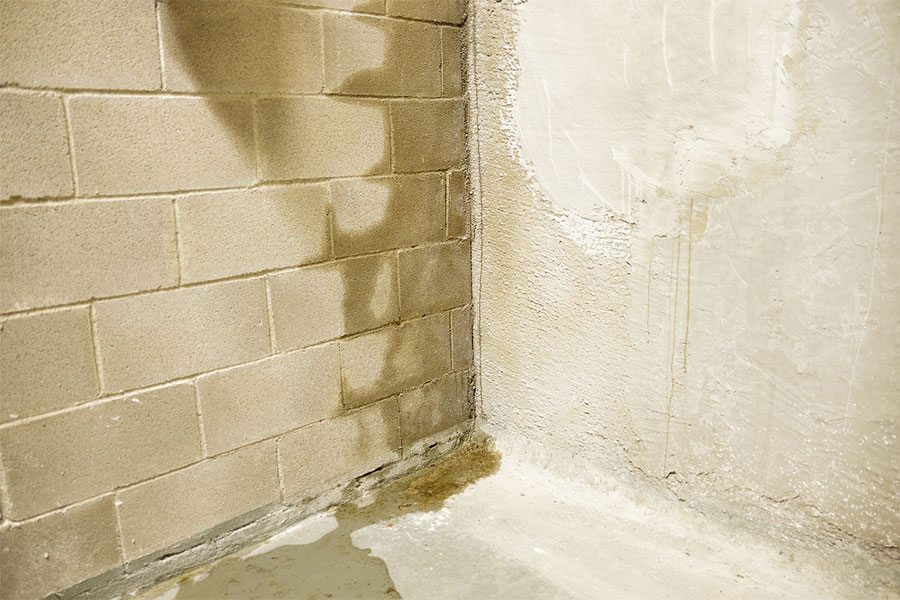Despite all their versatility, houses with basements come with some glaring weaknesses compared to those without. The most common source of headaches with basements is the foundational element of all living things: water. Many factors, such as leaky pipes, cracks in your foundation, failure of sump pumps, or humid air condensation, can cause moisture buildup in your home’s basement. While a small puddle may not seem like much, water intrusion in a basement can be a significant health and safety concern. This is due to the potential damage to the structural integrity of your home’s foundation and by creating an environment that allows molds to grow in the shadowed recesses beneath your home, polluting the air with spores and representing a breathing hazard for vulnerable people. So, what can you do to deal with basement moisture? Read on to learn about some practical strategies to combat basement moisture and when it may be time to call a foundation repair professional.
Step One: Identify The Sources Of Basement Moisture
To adequately address the moisture buildup in your basement, you must first find where it comes from. These can be internal or external factors depending upon your specific situation. Internal sources of moisture in a basement can come from plumbing leaks or condensation, which can be evident by water stains on or near pipes and humid conditions. External factors, such as rainwater and groundwater, can be more complex to identify but are often characterized by rotten seals around windows, which lead to brown staining along walls or through cracks in the foundation.
Preventive Measures to Help Avoid Moisture in Your Basement
To defend your basement from potential flooding and moisture buildups, here are a few steps you can take.
- Ensure proper landscaping and drainage. Soil is excellent at absorbing water, but taking care of your landscaping around your home can help, as seasonal grasses will help to mitigate rainwater. Moreover, porous rocks alongside underground drainage can redirect water away from your foundation and into your yard or a local storm drain.
- Install and maintain your gutters and downspouts, removing debris regularly.
- Ensure your foundation is adequately waterproofed and that egress windows have effective seals.
Active Remediation Techniques
- Use dehumidifiers and moisture absorbers to reduce condensation and mold growth.
- Improve or install ventilation and fans to encourage air circulation inside and outside the basement.
- Seal all cracks in the foundation and seek professional help for any vertical cracks more than 3-4 inches in length.
- Identify mold growth locations and scour them clean with mold removers or undiluted vinegar for best results.
Long-term Maintenance and Monitoring of Your Basement
Even if your basement is not actively used daily, it is essential to conduct regular checks for moisture buildup, the presence of mold and cracks, and to ensure you regularly clean out areas that are prone to clogging, like drains, gutters, and submersible pump pits. If you notice cracks are beginning to form on the interior of your foundation and upstairs walls, or if there is a consistent flow of water and you cannot locate the source, it may be time to contact a professional basement repair company for consultation and guidance.
Be Proactive And Get Basement Waterproofing Help When You Need It
It is essential to ensure that moisture in your basement is effectively combated, not just for your home but for your health and safety. Being proactive and consistent in monitoring is the most effective strategy to battle moisture. When it all becomes too much, or you need professional help, call the experts at Tom’s Basement Waterproofing. To schedule your basement inspection and receive a consultation, contact us online today or by phone at (586) 776-7270.

